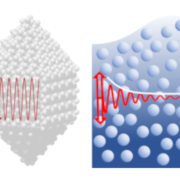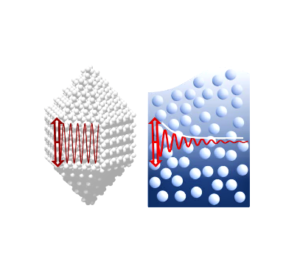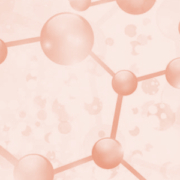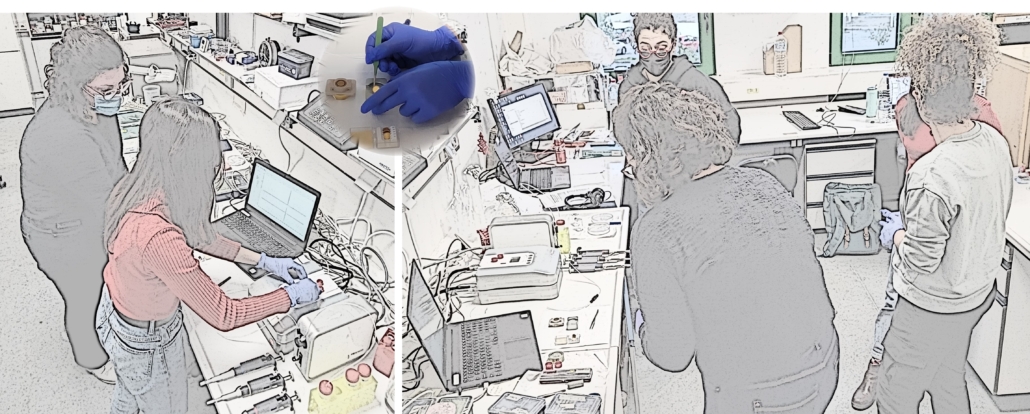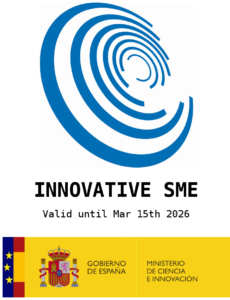Polyelectrolyte Complexes of Random Copolymers and their Applications in Environmental Remediation
Author: Jeremy Wang
PhD Thesis: Northwestern University (March 2023)
Abstract
As polymer science has advanced as a field, so too have the uses for polymeric materials. We encounter polymers and plastics on a daily basis, and while their presence has greatly improved our quality of life, they have also had a profound and often negative impact on our environment. Plastic waste and pollution are currently problems of great concern, and recent trends in terms of micro– and nanoplastic pollution, and chemical pollution of water continue to exacerbate such worries. In this thesis, we explore how polyelectrolyte complexes of random copolymers can be used to effectively address some of these environmental concerns. The combination of charged interactions and disorder of polymer sequence can provide a novel combination of interactions which are well suited for removing contaminants from water, and even promoting the enzymatic degradation of plastic. The results obtained demonstrate that this research into new polymeric materials not only advances our understanding of fundamental polymer properties but yields relevant applications to the issues we encounter in the present day.
You may read the full text here.
Polyelectrolyte Complexes of Random Copolymers and their Applications in Environmental Remediation



